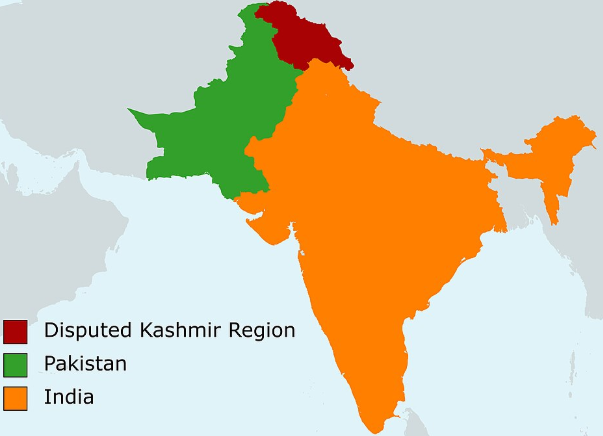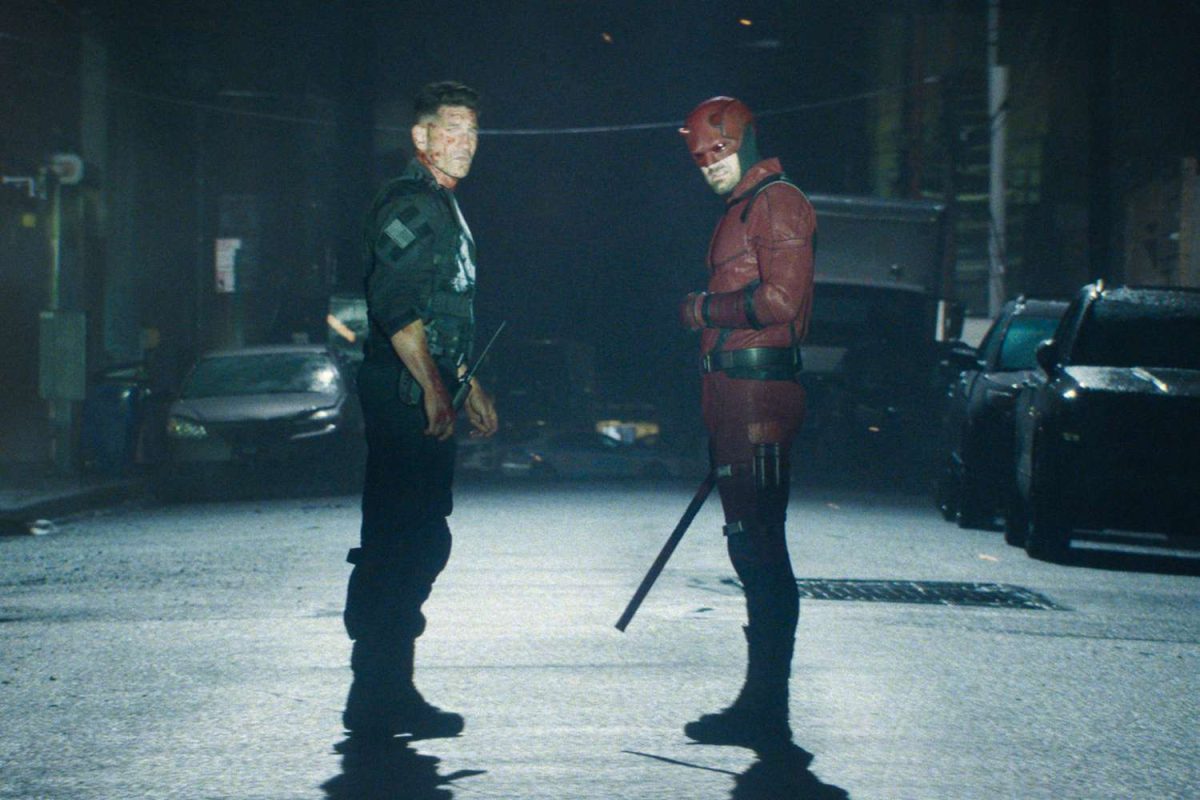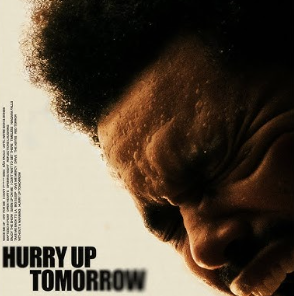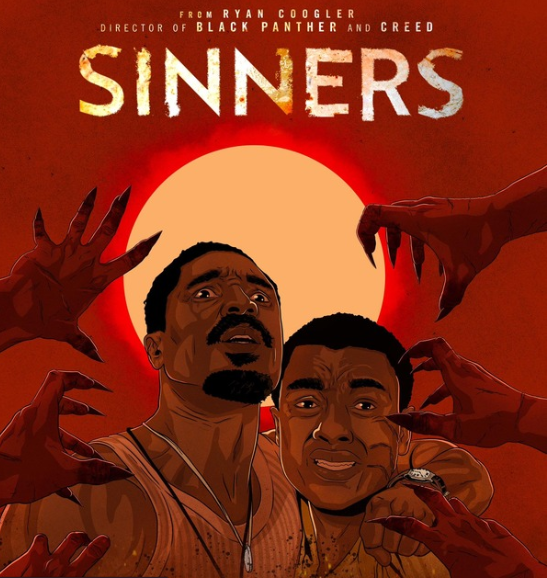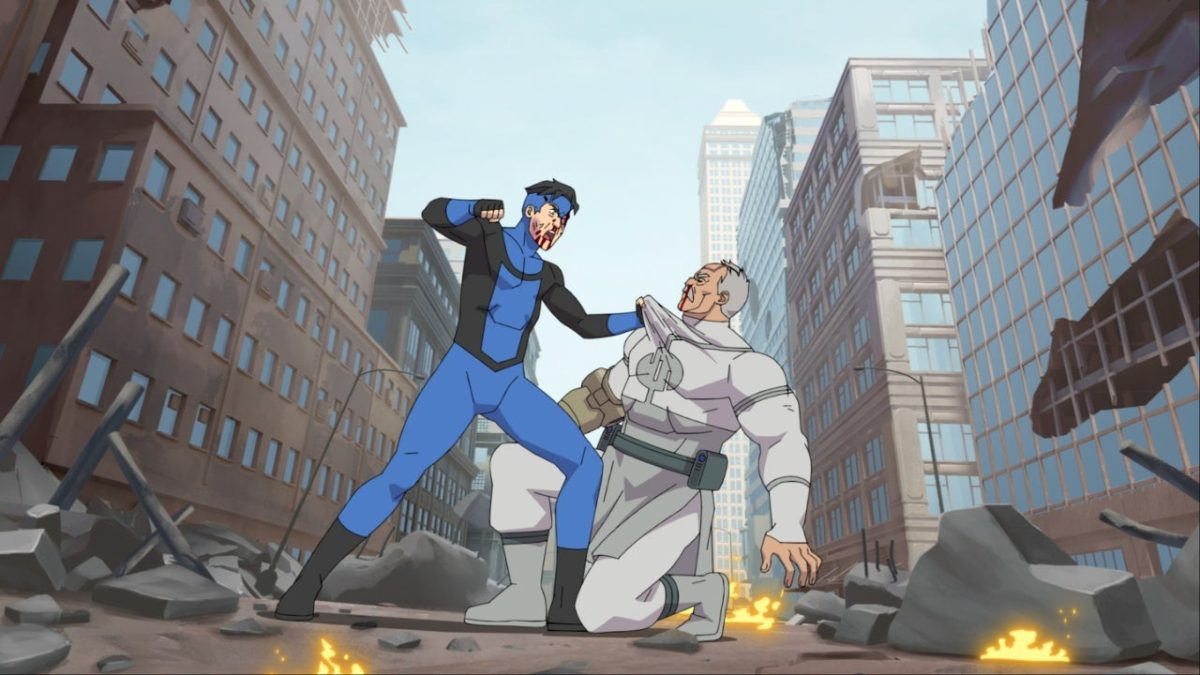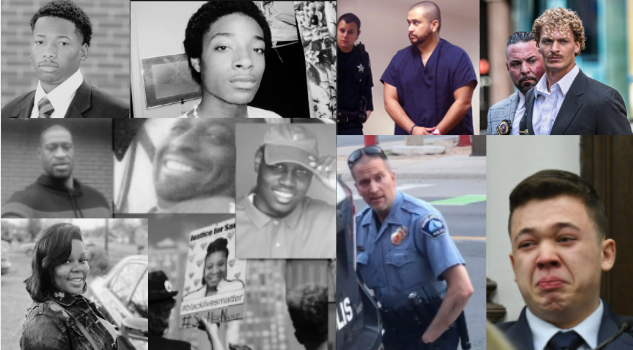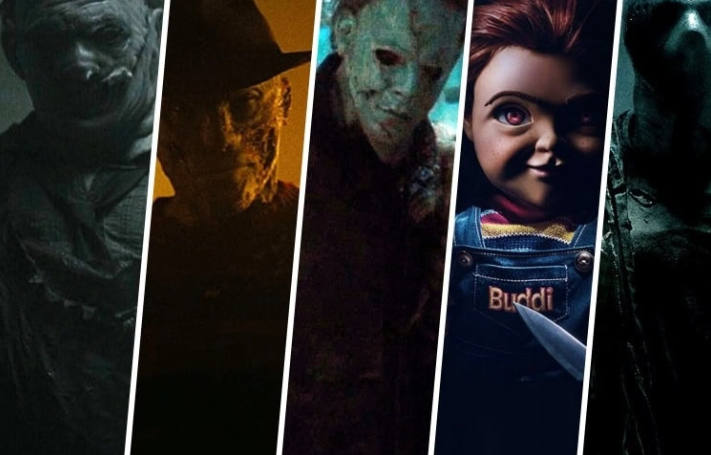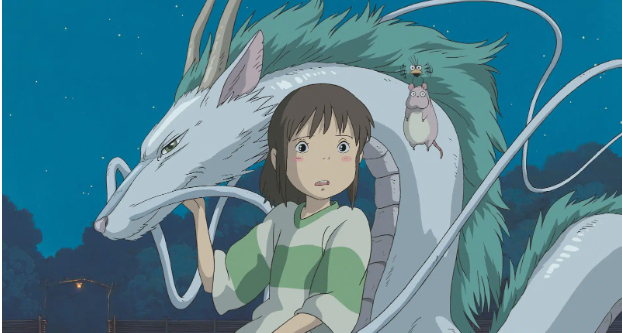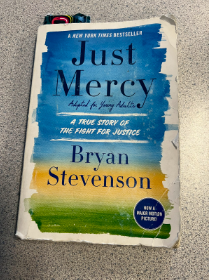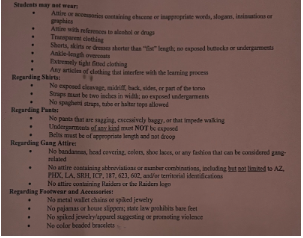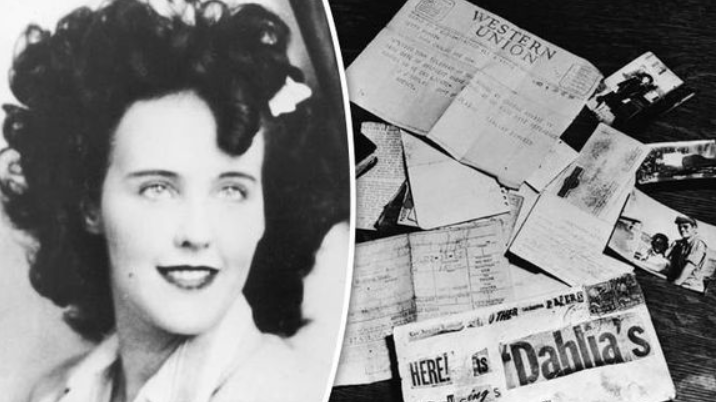The Story of The Black Dahlia
October 25, 2022
A deceased woman, cut in half, drained of blood, with a smile cut into her face was spotted on the morning of Jan. 15 1947 and her case remains unsolved.
Halloween is right around the corner, bringing spooky stories with it. Any murder story is frightening, but the story of “The Black Dahlia” is truly sick and sticks out from the rest. The woman was identified as Elizabeth Short. She was 22 years old when she was gruesomely tortured and murdered. Short was an aspiring actress known for wearing sheer black clothes, giving her the nickname, “The Black Dahlia,” a reference to the 1946 crime film “The Blue Dahlia.” The case of the Black Dahlia quickly became one of Los Angeles’s most notorious cold cases.
Elizabeth Short was born on July 29, 1924, in Massachusetts. Her passion for movies developed in her youth. At age 19, She moved to her father’s house in California. Her father kicked her out “for not doing anything with her life” This made Elizabeth travel to Santa Barbara and she got arrested for underage drinking. Since she was in the system from this incident, the police were able to identify her corpse by the fingerprints. She moved to Los Angeles in 1946 in hopes of being a movie star but she only spent 6 months in LA.
Elizabeth’s death was ruled as a homicide. Betty Bersinger, the woman who discovered her, stated, “I glanced to my right and saw this very dead, white body, my goodness, it was so white. It didn’t look like anything more than perhaps an artificial model. It was so white and separated in the middle.” She died of a cerebral hemorrhage (brain bleed) and pieces of flesh were cut out of her. Her body was cleaned with gasoline to remove any fingerprints. Bruises on her arms and legs suggest she was tied down and some of the other things she experienced were unspeakable. She was split in two after her death, but there was no trauma to her internal organs. This led the LAPD to believe the murderer had a medical background.
Nine days after Short’s body was discovered, a post office worker came across a haunting letter from the killer which stated, “Los Angeles Examiner and other Los Angeles papers… here is Dahlia’s belongings… letter to follow.” The words were all cut out of magazines and the envelope contained Short’s birth certificate, social security card, pictures, and an address book with pages missing. Everything was cleaned with gasoline. 13 letters were sent to the press, and many were signed by the “Black Dahlia Avenger”. One letter, spelled out with newspaper clippings stated, “ I will give up Dahlia killing if I get 10 years. Don’t try to find me”
A shocking 60 people confessed to her murder, and 24 people were valid suspects. The first important suspect was Robert Manley. He dropped her off at the Biltmore Hotel, one of the last places Short was seen alive. Visitors of the hotel claim she haunts the elevators. Suspect #2, Joseph Dumais, had a month-long relationship with Elizabeth and got black-out drunk with her on one of the last days of her life. Dumais admitted to killing the Black Dahlia. It was later proven that he was not the murderer. The prime suspect in the investigation was Dr. George Hodel.
George Hodel was an American physician. His medical degree and the fact that Elizabeth’s body was cut in a manner resembling a medical procedure taught while Hodel was in medical school aroused suspicion. Hodel reportedly had a romantic connection with Elizabeth. Short and Hodel supposedly dated briefly in the 40s. He also was a suspect in other crimes. The police had enough evidence to bug his home, and they caught him saying “Supposin’ I did kill the Black Dahlia. They couldn’t prove it now. They can’t talk to my secretary anymore because she’s dead. They thought there was something fishy. Anyway, now they may have figured it out. Killed her. Maybe I did kill my secretary.” Even George Hodel’s son, Steve Hodel, wrote a book on why he thinks his father is guilty. Steve Hodel said “My full brother Kelvin is convinced. So is my half-sister, Tamar. (Tamar was the victim of her father’s sexual molestation and incest from ages, 11-14.)” at a Q&A for his book “The Black Dahlia Avenger.” George was never convicted although his name was mentioned in a courtroom as one of the five prime suspects.
The Black Dahlia story had a huge pop culture effect. Movies such as The Black Dahlia and The Black Dahlia Haunting were made to showcase her story. As well as books, and shows. American Horror Story featured her story in its first season, Murder House. Devoted fans of Elizabeth’s case have also spent time trying to solve her murder. It is devastating that her legacy was her murder case and not her acting career.
Not only was Elizabeth Short’s one claim to fame her sickening death, but her killer was never brought to justice.


